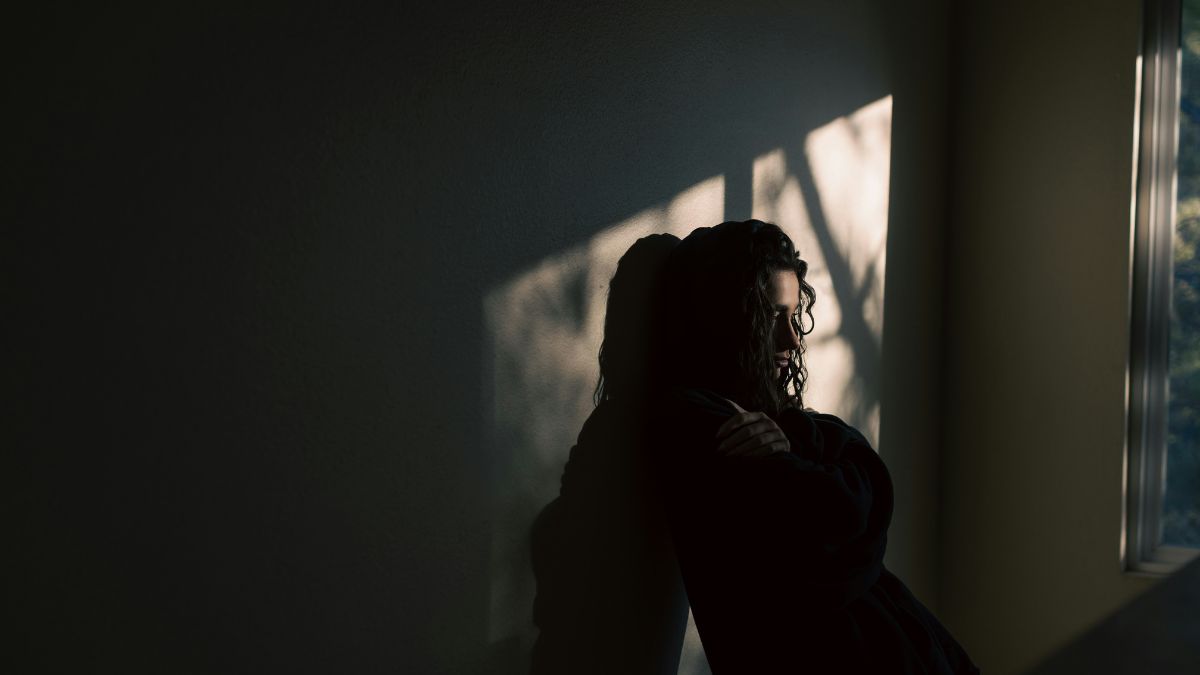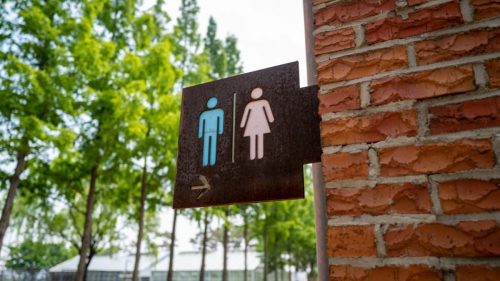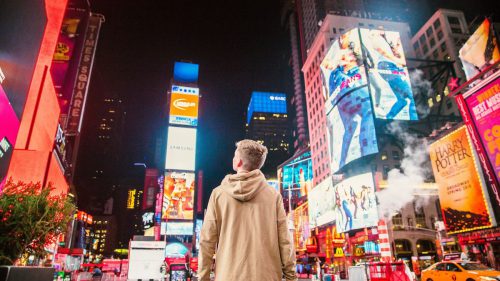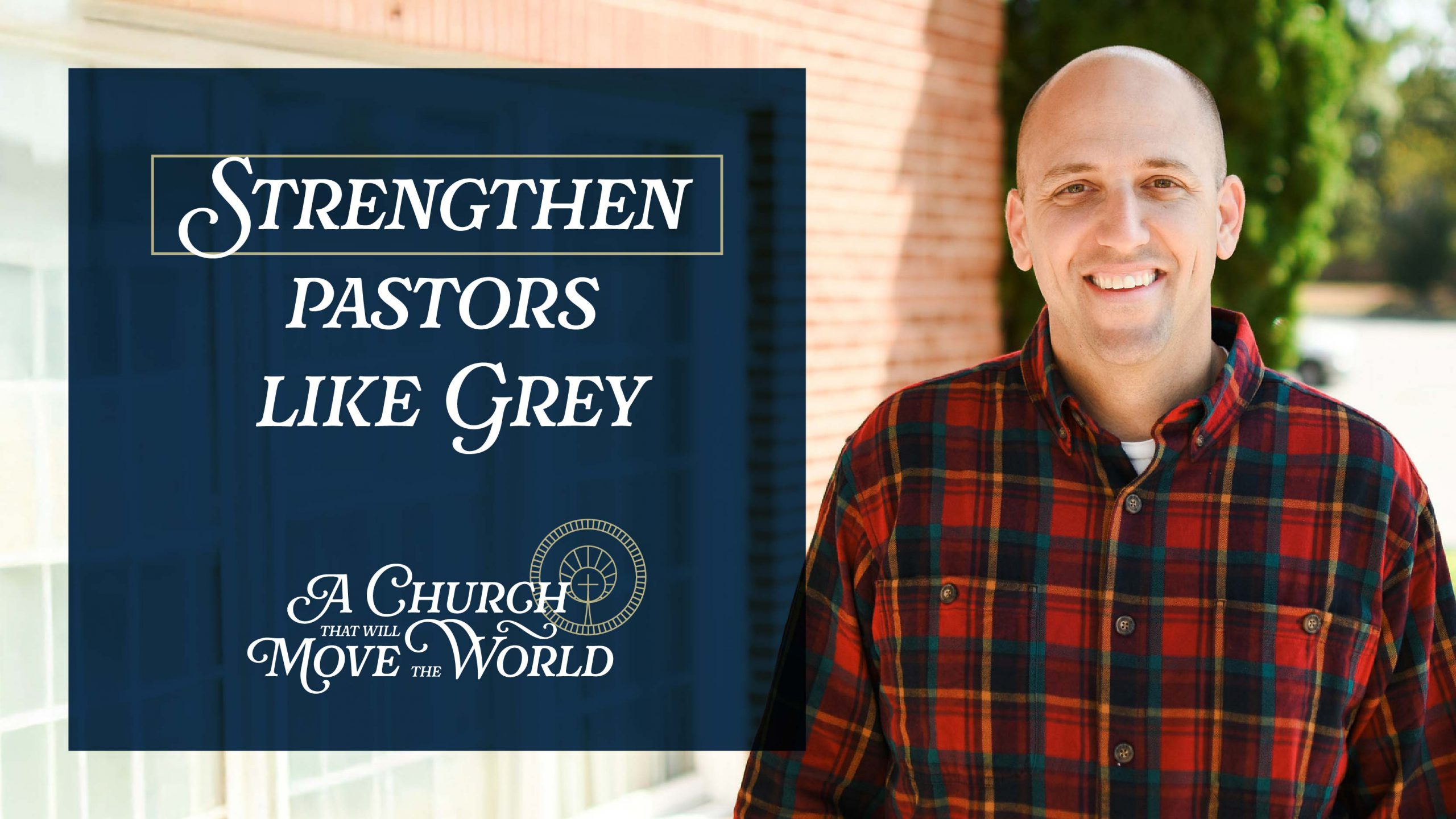

What Really Happened at Plymouth
That first Thanksgiving is maligned because of bad facts; let’s see it for the display and foreshadow of God’s grace that it was.
11/23/23
John Stonestreet Glenn Sunshine

Revisionist attempts to reinterpret the first Thanksgiving have muddled the history of Plymouth Colony and the Pilgrims. Some on the right call the historical events a “triumph of capitalism,” getting the chronology of events wrong. Voices on the left often accuse Thanksgiving of being a celebration of genocide against the Native Americans, citing the Mystic Massacre in the Pequot War, ignoring the context of that event, not least of which that it occurred 16 years after the celebration in Plymouth. Neither of these narratives accurately represents what actually occurred in Plymouth in the fall of 1621.
The Pilgrims were English Separatists who believed congregations should be independent, voluntary democratic institutions rather than part of the Church of England. In 1607 and 1608, they left England for the more tolerant Dutch Republic.
Life in the Netherlands, however, proved difficult. Some ran out of money and returned to England. Without further immigration from England, the congregation was in danger of collapsing. The Pilgrims were also unhappy with the libertinism of Dutch culture and worried that their children would grow up more Dutch than English.
After much discussion, they decided to try to establish a colony where they could worship and raise their families as they saw fit, and where they could spread the Gospel. In 1619, they received a patent to establish a colony in New England, north of the Virginia colony. In September of 1620, the Pilgrims, with other colonists, set sail on the Mayflower with 102 passengers, only 28 of whom were members of the congregation.
The Pilgrims debated whether it was safe to bring their wives. Most decided to do so, which accounts for the 13 adult women on board, three in their third trimester. There were also some younger women and children who joined the voyage. A baby who was born at sea was named Oceanus.
The Mayflower arrived in America in November after a difficult journey. A landing party sent to explore the land found artificial mounds that they excavated and discovered to be burial sites. In some, they found corn, which they took for planting before reburying the remains. They also found corn and beans in empty Native American homes, some of which they also took and paid for six months later when they met the owners.
Earlier English expeditions to the region had captured Native Americans and sold them as slaves or slaughtered them on their ships. Perhaps for this reason or because of the desecration of the graves, a Pilgrim landing party was attacked in December, though the colonists drove off the attackers.
Later that month, they found harbor at a place that was labeled “Plymouth” on their charts. They decided to winter there. The men went ashore to build houses, the first of which was used as a hospital. By the time spring came, only 47 of the colonists were still alive, and only 5 of the married women. Another would die in May of a broken heart after her husband died.
The Plymouth Colony only survived because of help from the Native Americans. The first contact came from Samoset, a minor chief from Maine who had learned English from fishermen who had set up a camp near his tribe. He then introduced them to Tisquantum, better known as Squanto. Squanto had been enslaved by English raiders but eventually was freed, became a Christian, and returned to his homeland. Unfortunately, his tribe, the Patuxets, were wiped out by an epidemic.
Squanto acted as both a translator and a mediator between the Pilgrims and Massasoit, the chief of the Wampanoag tribe. Massasoit established friendly relations with the Pilgrims and, with Squanto, taught them how to farm the “Three Sisters”—corn, beans, and squash. With their help, the remaining Pilgrims survived and had a successful harvest that fall.
The Pilgrims decided to hold a harvest festival, probably around Michaelmas (September 29) 1621, which was a traditional date for such celebrations in England. Massasoit and members of his tribe joined them. In all, there were about 50 English and 90 Wampanoags. The four surviving wives, together with children and servants, prepared and served food over the three-day celebration.
Although much European contact with Native Americans featured disease, genocide, prejudice, and abuse, that was not the case with the Pilgrims. Rather than falsely maligning that first Thanksgiving, we should look at it as a model of how things should have been and by God’s grace one day will be.
This Breakpoint was co-authored by Dr. Glenn Sunshine. Listen to his interview with the Strong Women podcasters about the women of Plymouth or hear how Thanksgiving was declared a holiday. If you’re a fan of Breakpoint, leave a review on your favorite podcast app. For more resources to live like a Christian in this cultural moment, go to colsoncenter.org.
This Breakpoint was originally published on 11.24.2022.
Have a Follow-up Question?
Related Content

© Copyright 2020, All Rights Reserved.














